The Intriguing Link Between Chess and Mathematics
Chess, a game with a rich history that dates back over a millennium, is more than just a pastime; it is a complex exercise in strategic thinking and problem-solving. Mathematics, with its abstract logic and structural beauty, shares a deep connection with chess. Both fields invoke a high level of mental discipline and offer vast territories for exploration. This article delves into the connection between chess and mathematics, exploring how mathematical concepts apply to chess strategies and how chess can enhance mathematical skills.
Strategic Similarities and Mathematical Thinking in Chess
The game of chess involves two players taking turns to move pieces with different abilities across a 64-square board, with the ultimate goal of checkmating the opposing king. This pursuit requires foresight, planning, and the ability to calculate numerous potential moves ahead, all of which are skills equally valued in mathematics.
At its core, chess demands an understanding of algorithms and patterns, much like mathematical problem-solving. Each move in chess can be seen as a problem that needs solving, and each solution can lead to new problems, forming a sequence of steps akin to a mathematical process. The ability to analyze these steps ahead of time and predict outcomes is closely related to mathematical concepts such as algorithmic thinking and operational research.
Chess Notation and Mathematical Symbolism
Chess notation, the method for recording chess moves in a game, shares similarities with mathematical symbolism. Both use an established set of symbols to represent complex ideas succinctly. For instance, in algebra, variables and symbols are used to denote numbers and operations, forming equations. Similarly, in chess, each piece is represented by a letter (e.g., 'K' for king, 'Q' for queen), and each square on the board is identified by a unique coordinate (like 'e4' or 'a5'). This notation system not only simplifies the recording and analysis of games but also enhances a player's ability to visualize and strategize abstractly, a critical skill in mathematics.
Chess Problems as Mathematical Puzzles
Many chess problems can be interpreted as mathematical puzzles, where the solution requires logical deduction and spatial reasoning, foundational skills in the discipline of mathematics. For example, the famous 'eight queens puzzle' in chess, where the challenge is to place eight queens on a standard chessboard without any attacking each other, is commonly used in computer science to demonstrate algorithms and conflict resolution.
Moreover, concepts of geometry and space are evident in chess. The chessboard itself is a geometric grid, and the movement of pieces involves understanding spatial relationships and the properties of shapes. Knights move in an L-shape, rooks move in straight lines either horizontally or vertically, and bishops move diagonally. Each of these movements can be explored through the lens of geometric transformations, enhancing a player's spatial reasoning and ability to visualize movements in space.
Statistical and Probabilistic Analysis in Chess
Advanced chess playing and analysis often employ statistical and probabilistic methods. High-level players and researchers use databases of past games to calculate the statistical likelihood of winning in certain positions. This kind of analysis closely resembles statistical methods used in mathematics to predict outcomes and study patterns. Additionally, probability plays a role in strategizing, especially in situations where players must consider multiple potential responses from their opponents.
Enhancing Mathematical Ability Through Chess
Studies have shown that regular chess play improves problem-solving skills, enhances memory, and leads to greater overall academic performance, particularly in mathematics. The structured nature of chess provides an excellent training ground for the application of mathematical concepts. By strategizing and solving chess problems, individuals sharpen their abstract reasoning skills, which are vital for success in mathematics.
In conclusion, the connection between chess and mathematics is multifaceted and profound. Chess not only embodies mathematical thinking in its strategy and problem-solving techniques but also enhances mathematical abilities and provides a playful yet challenging way to develop various cognitive skills. Whether as a teaching tool, a field of study, or a delightful pastime, chess continues to be a bridge to mathematics, celebrating the joy of logical reasoning and strategic planning.
Explore our large collection of luxurious chess sets!


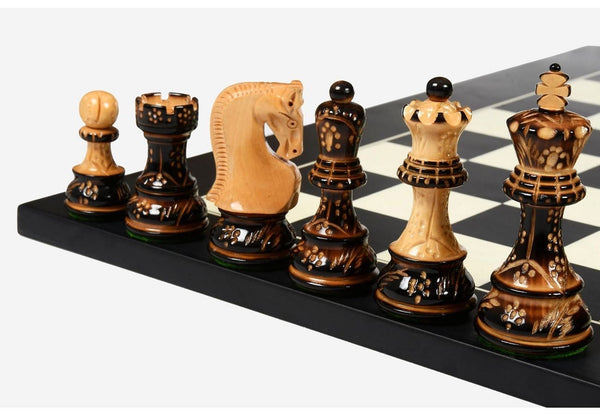

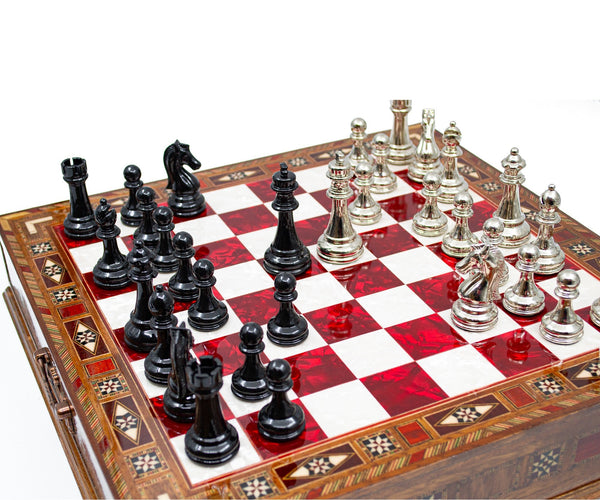
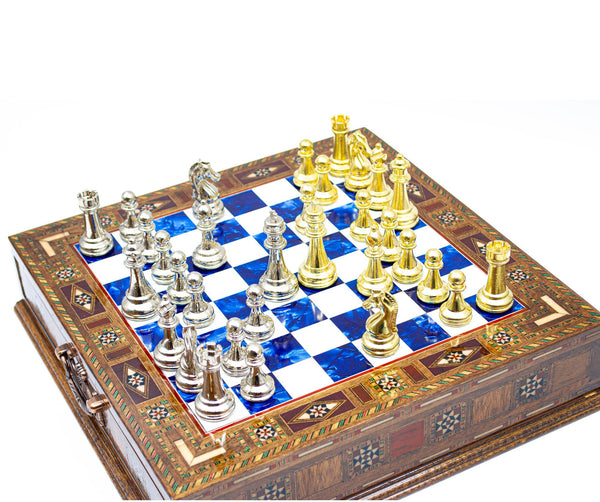
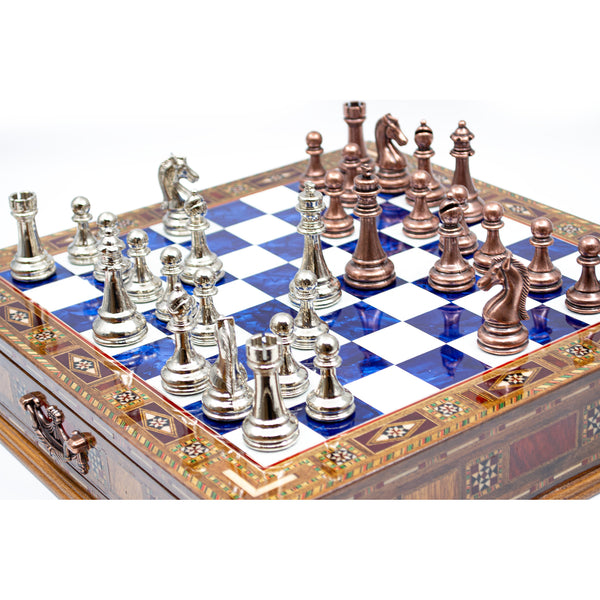
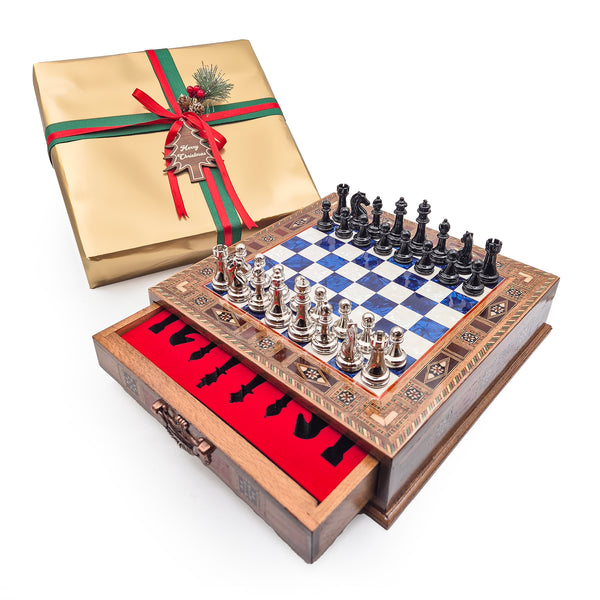







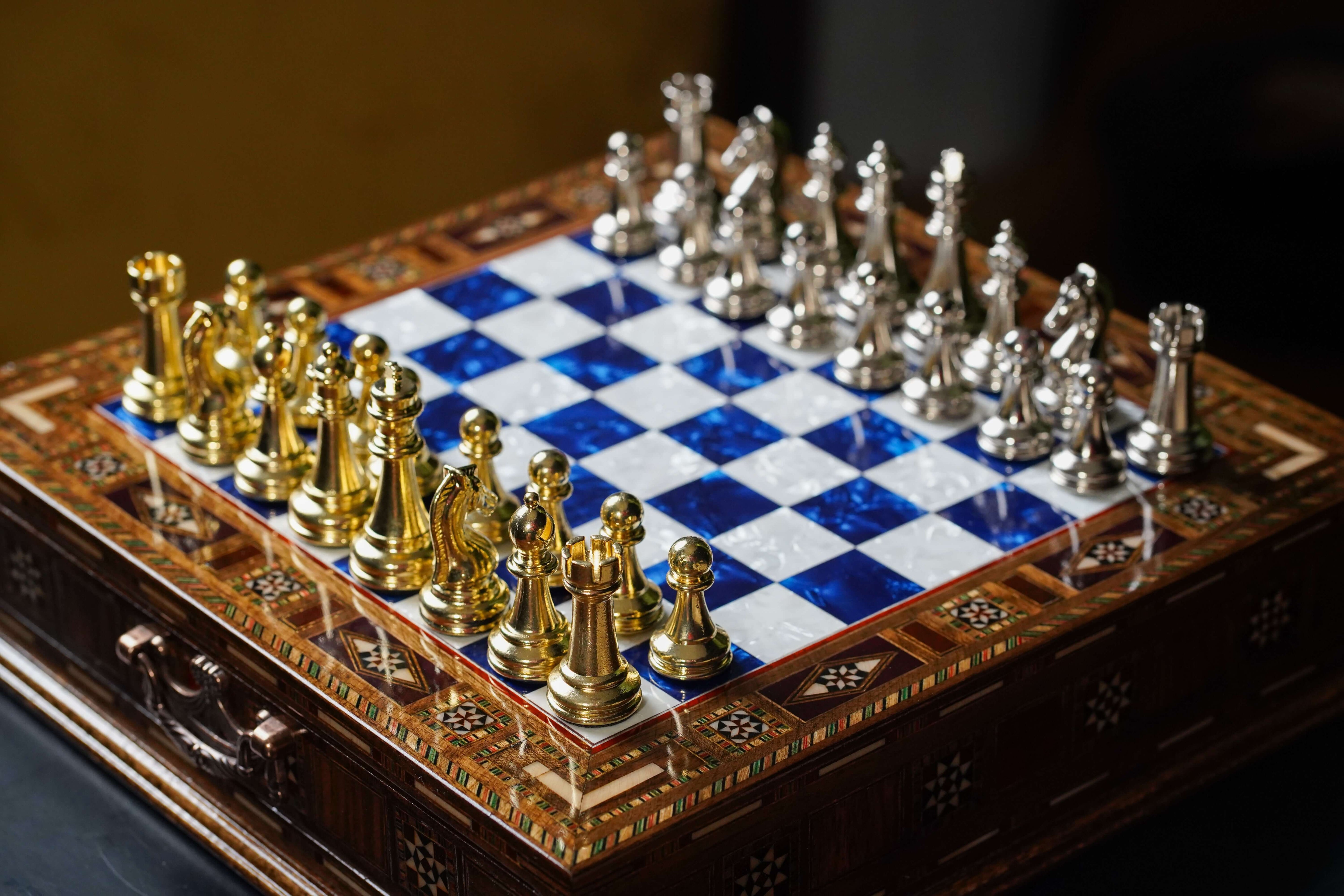
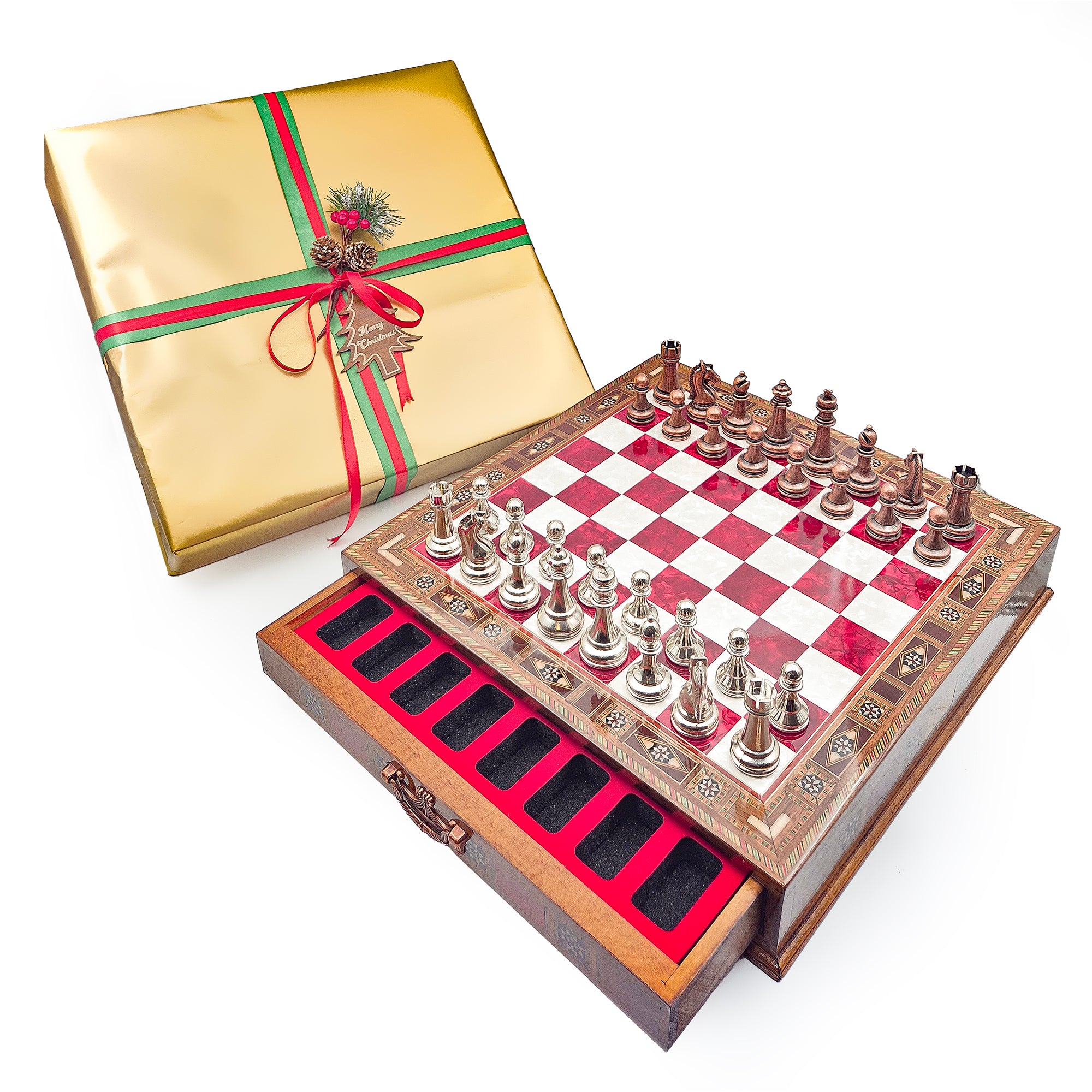
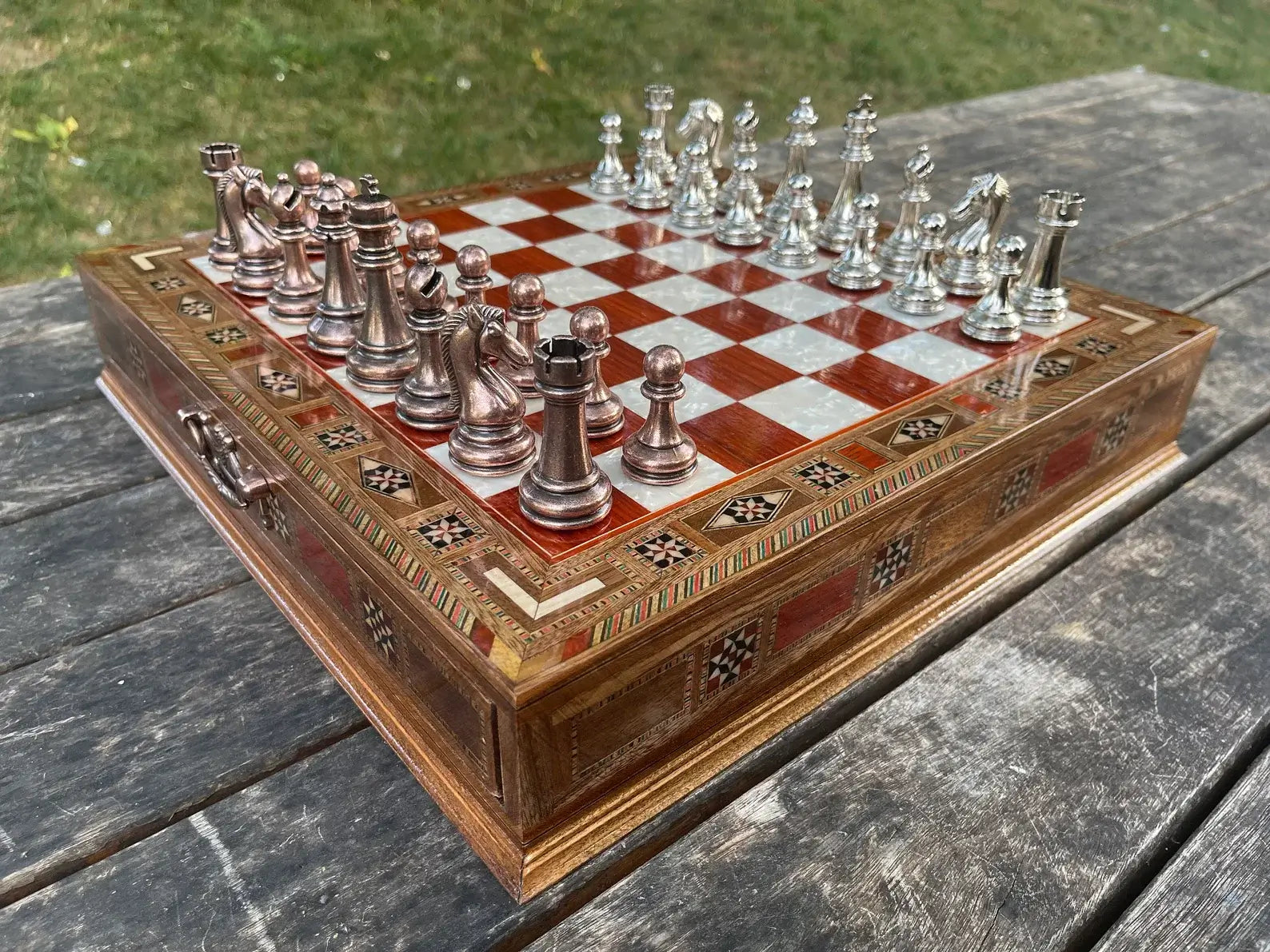
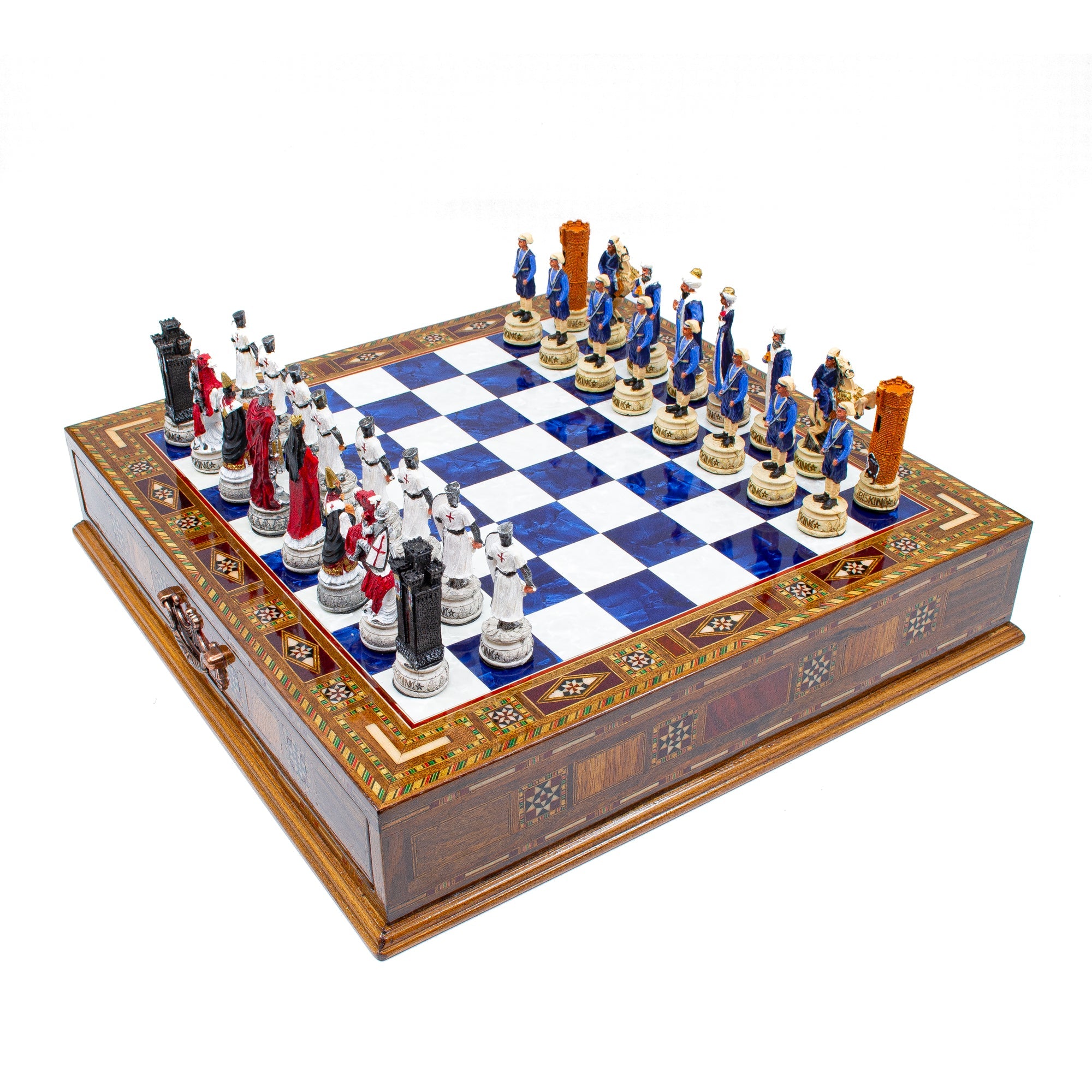
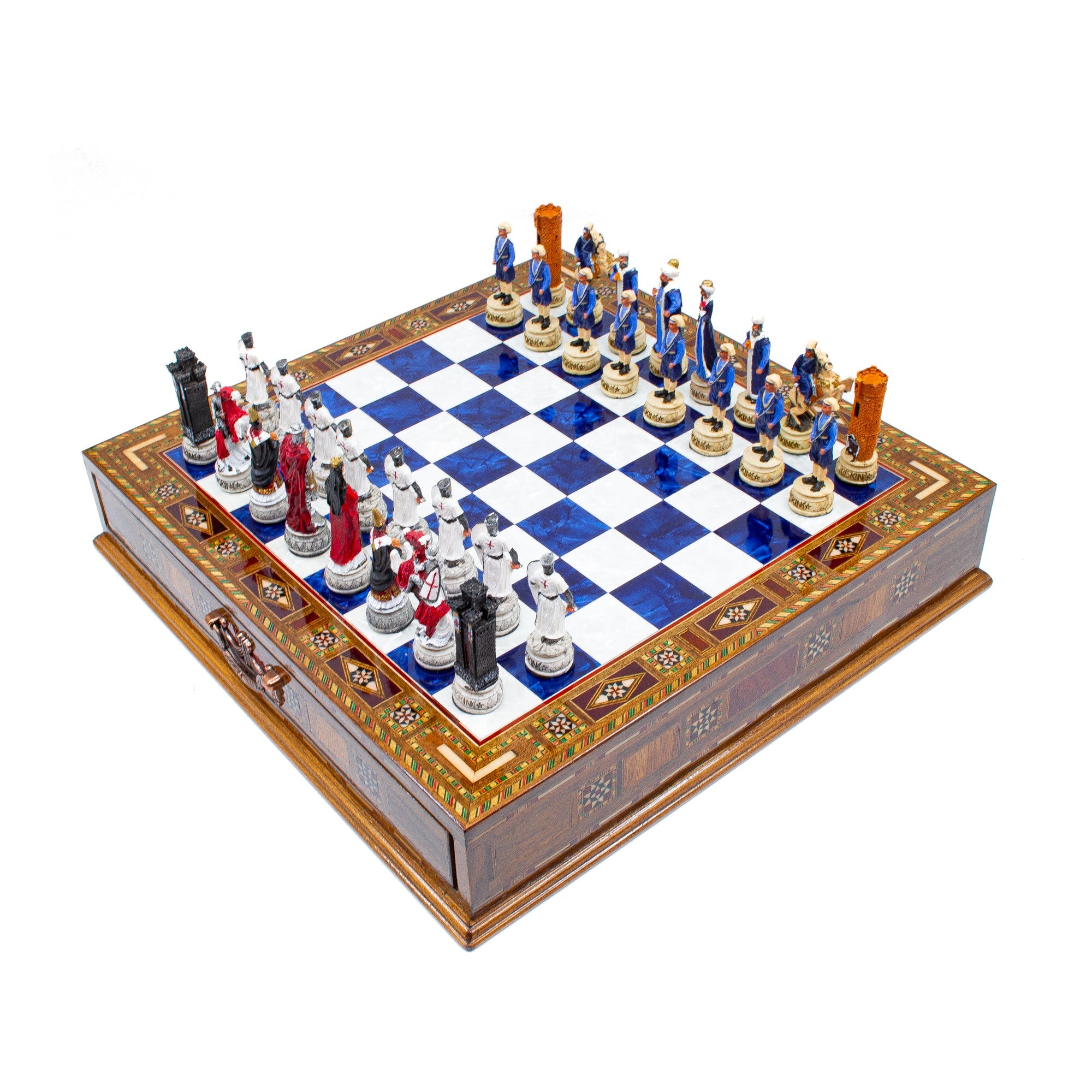
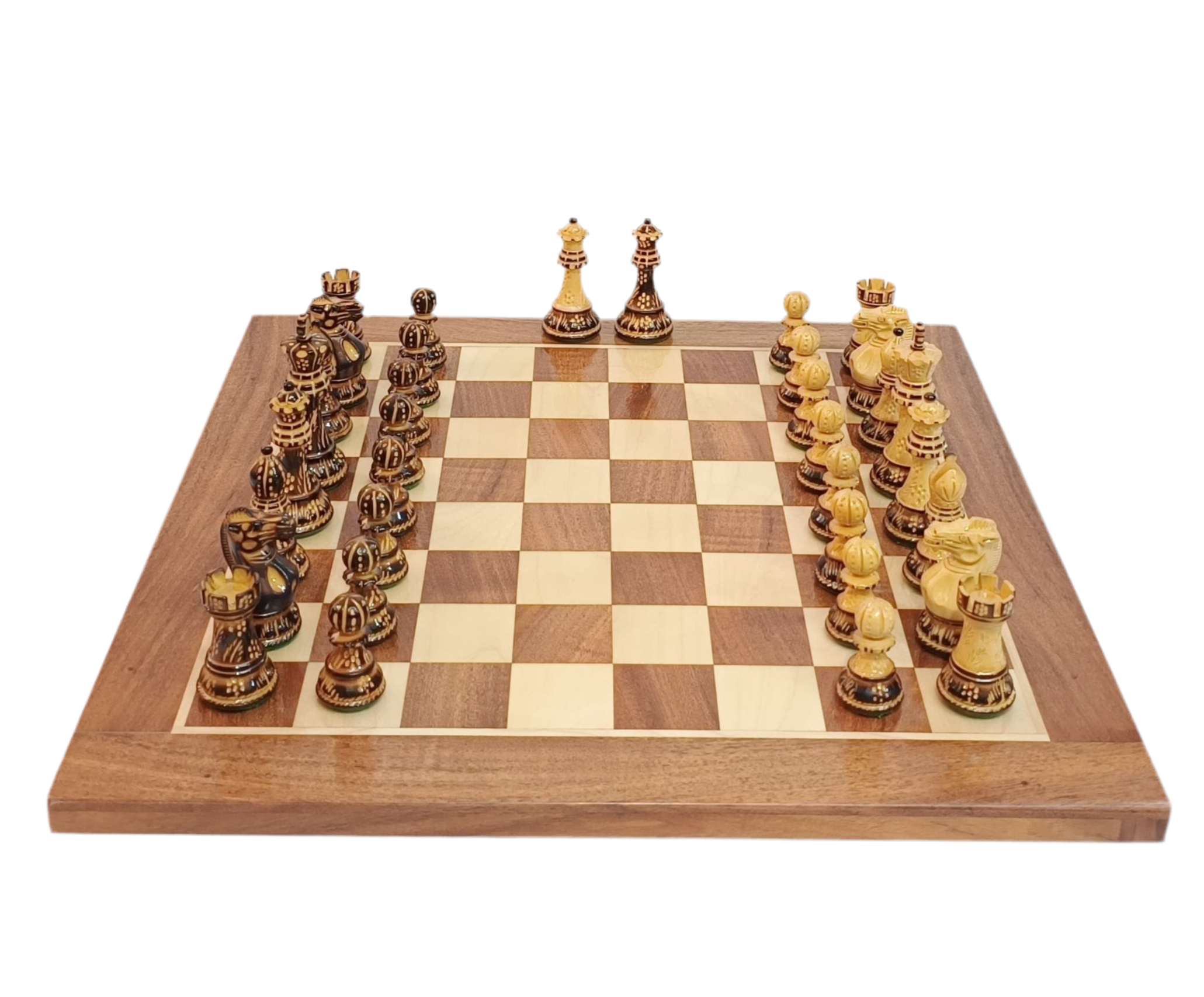
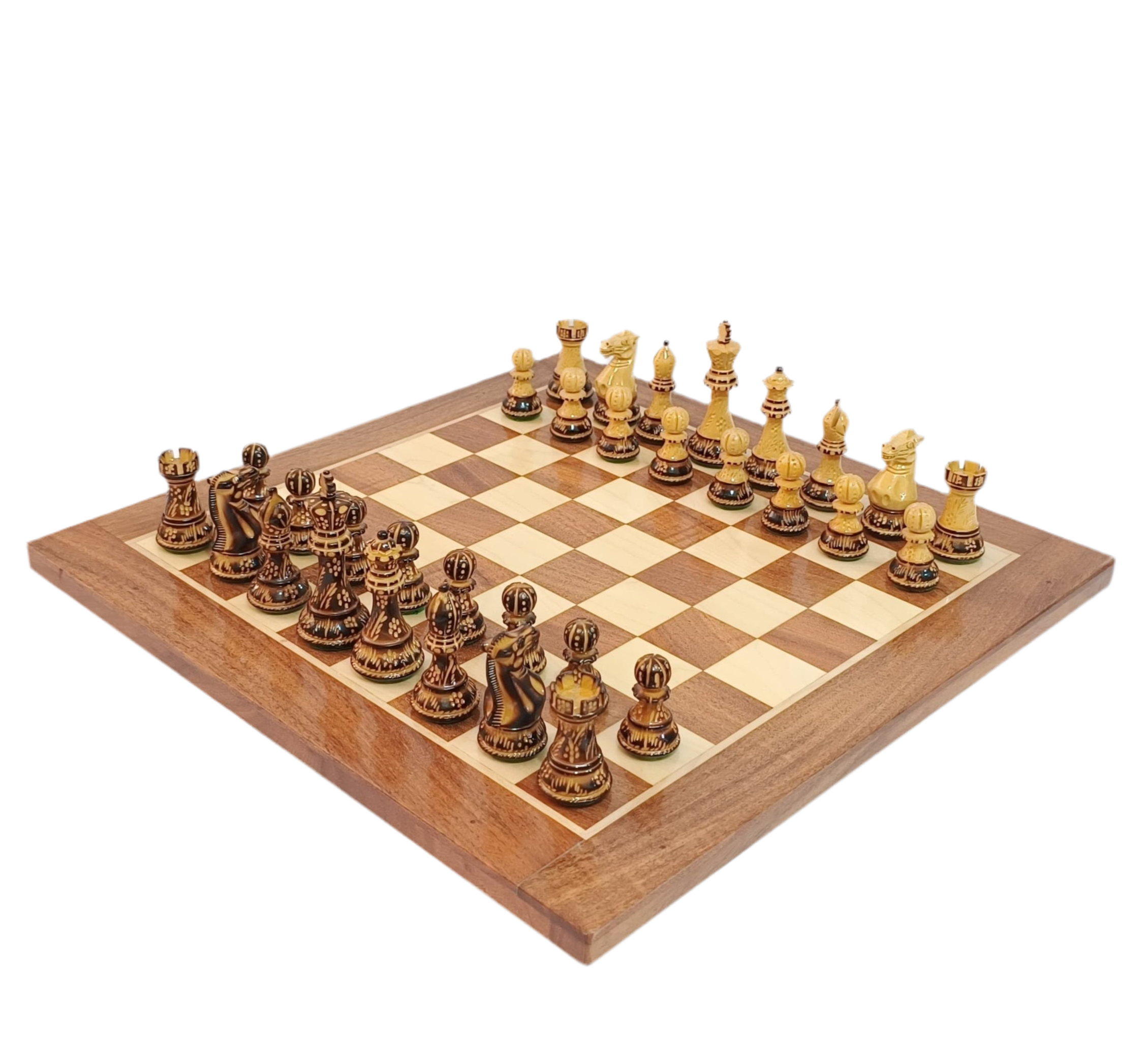
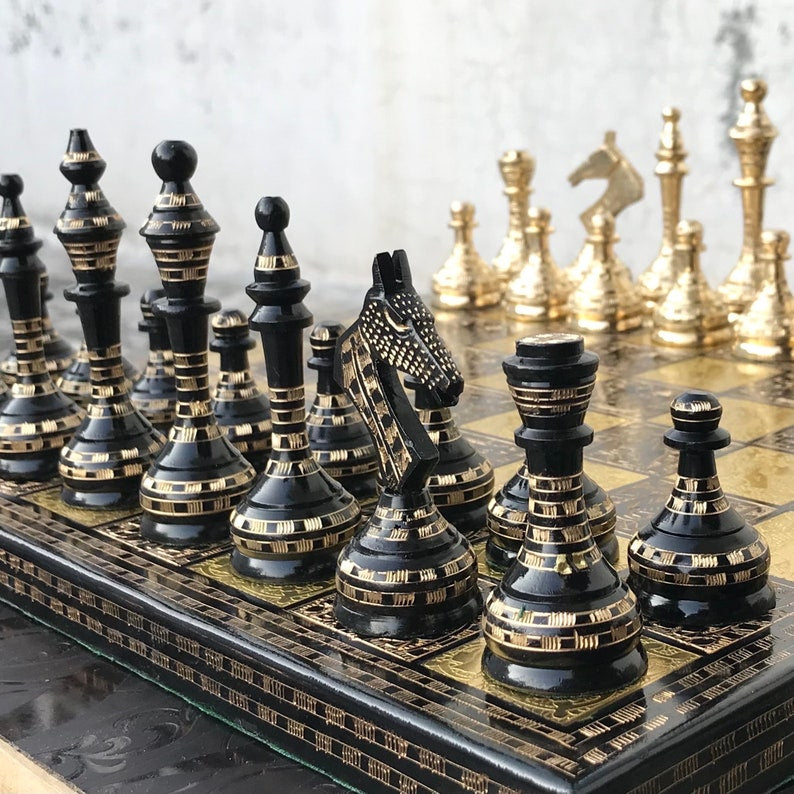
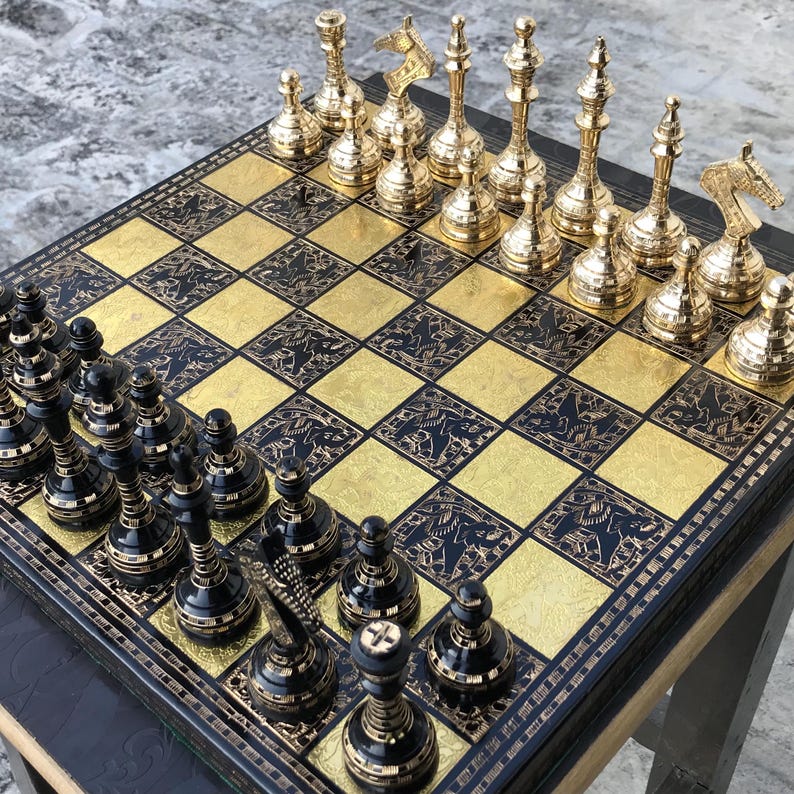


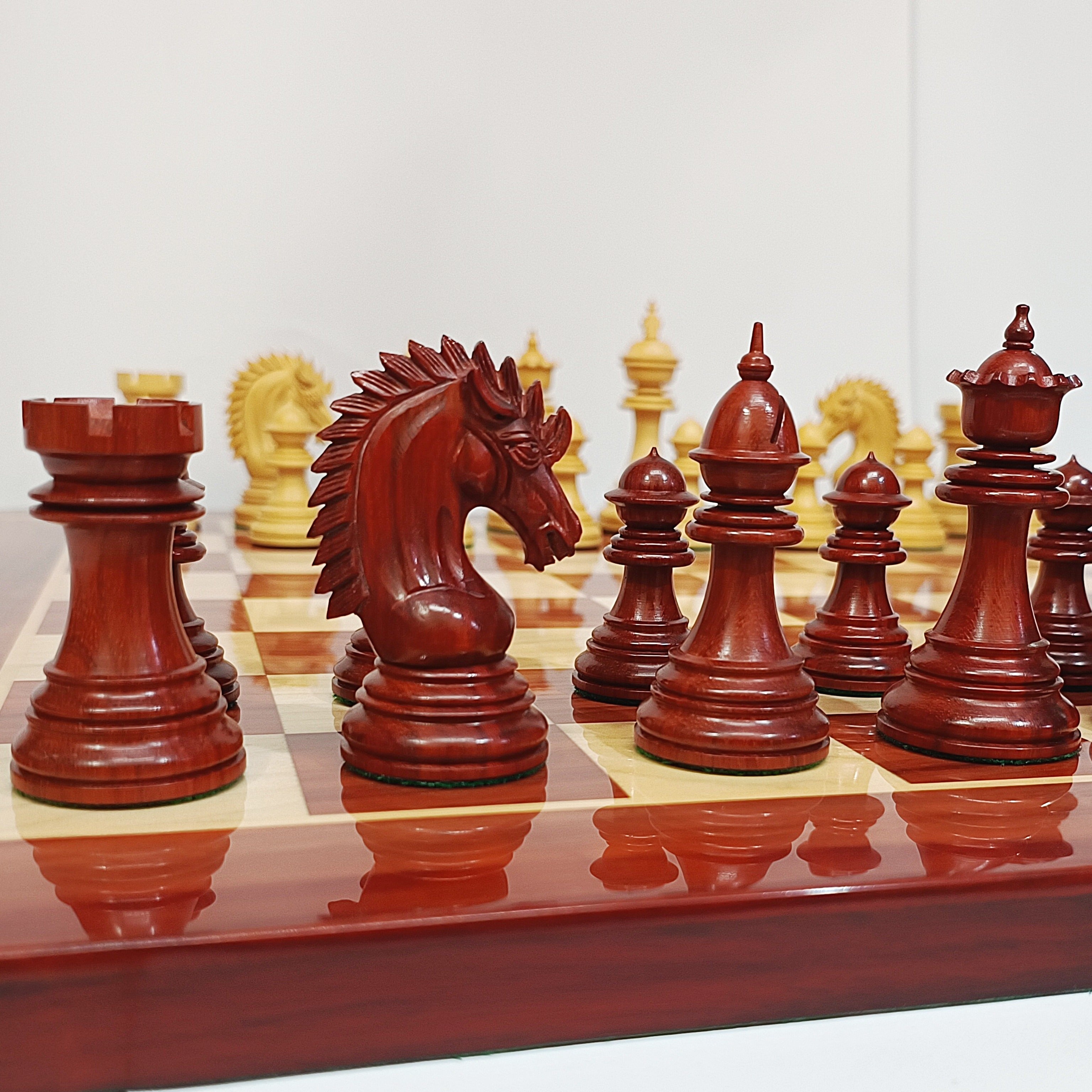
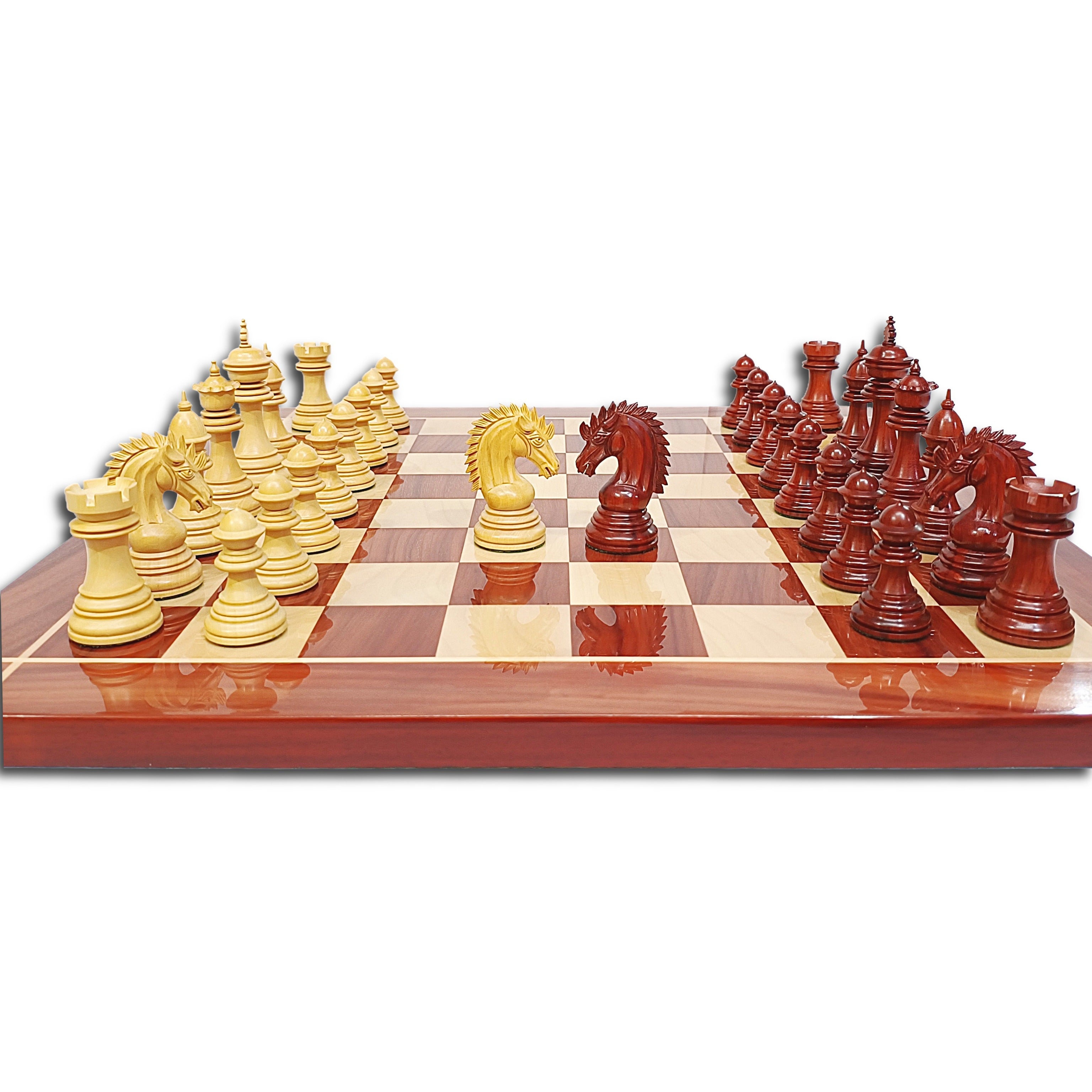

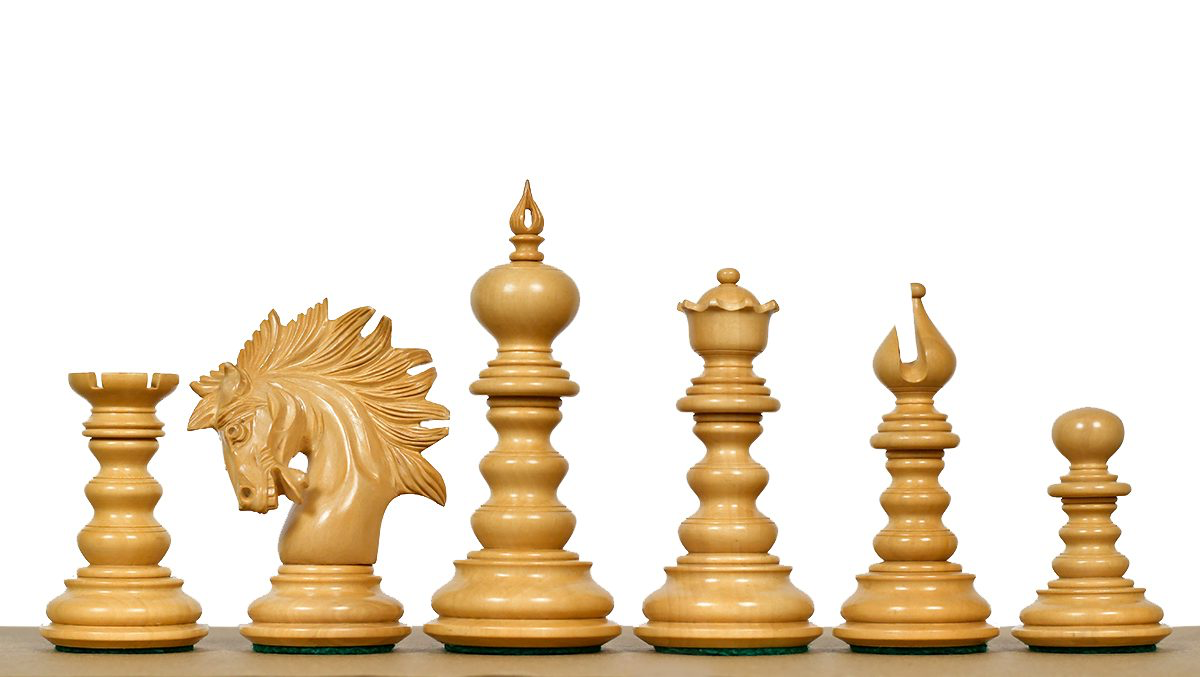
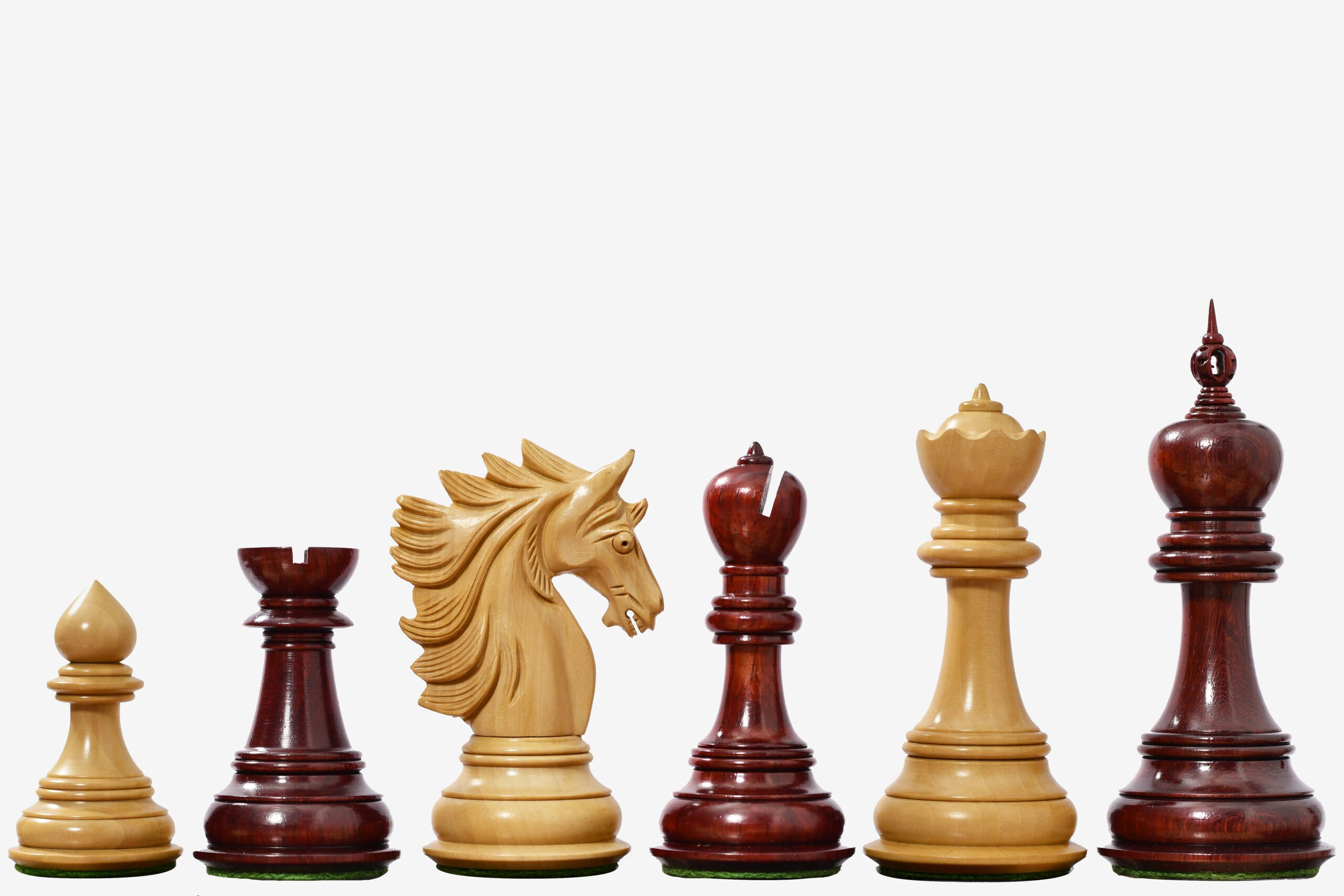
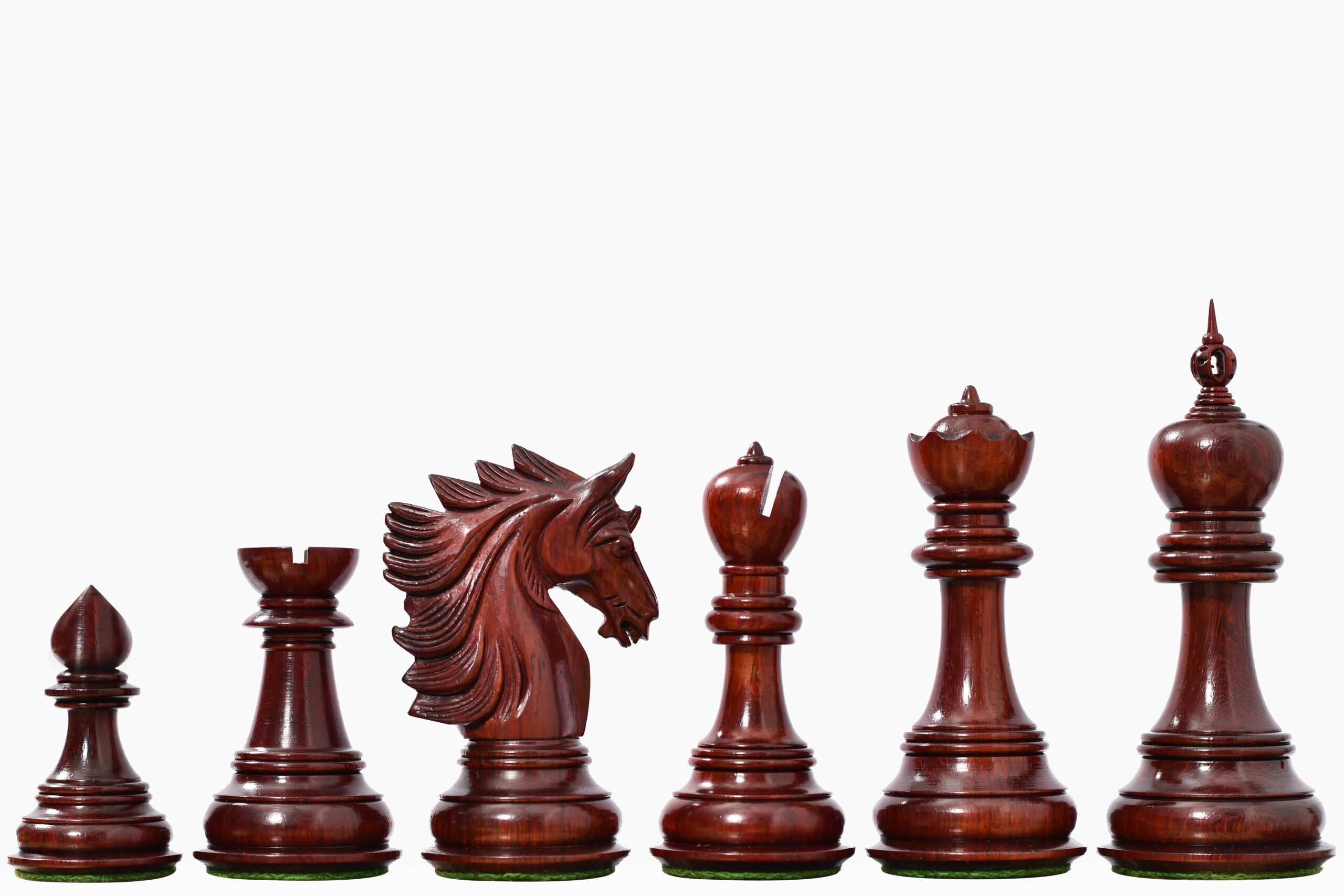
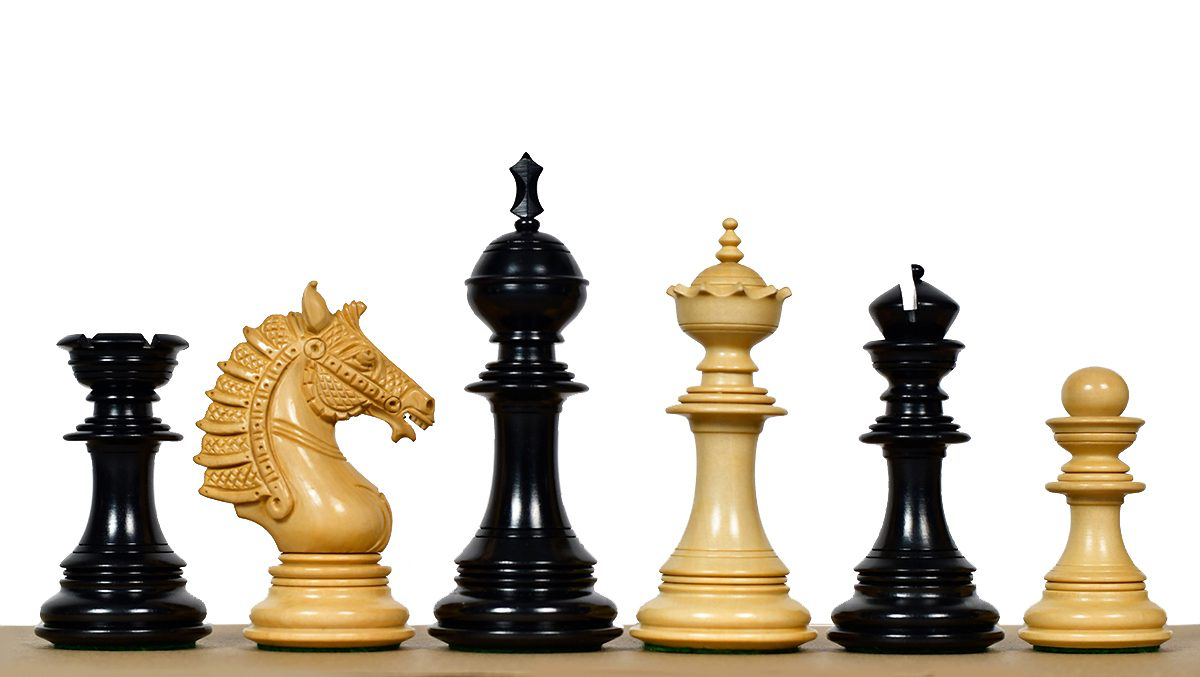
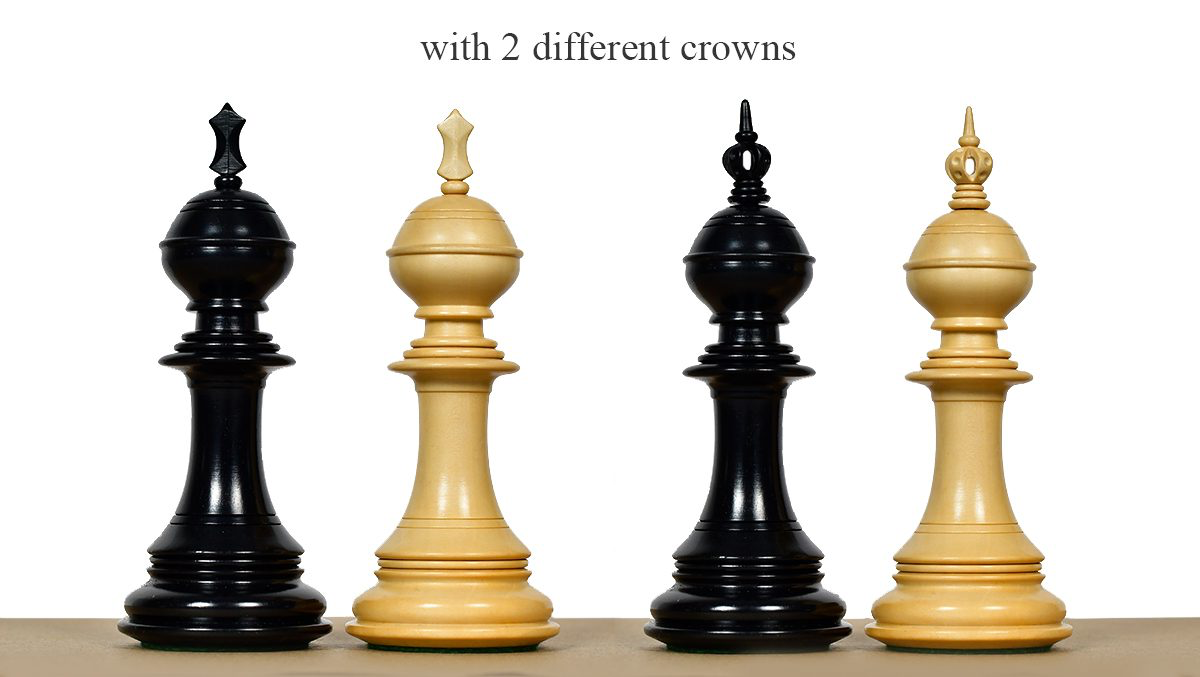
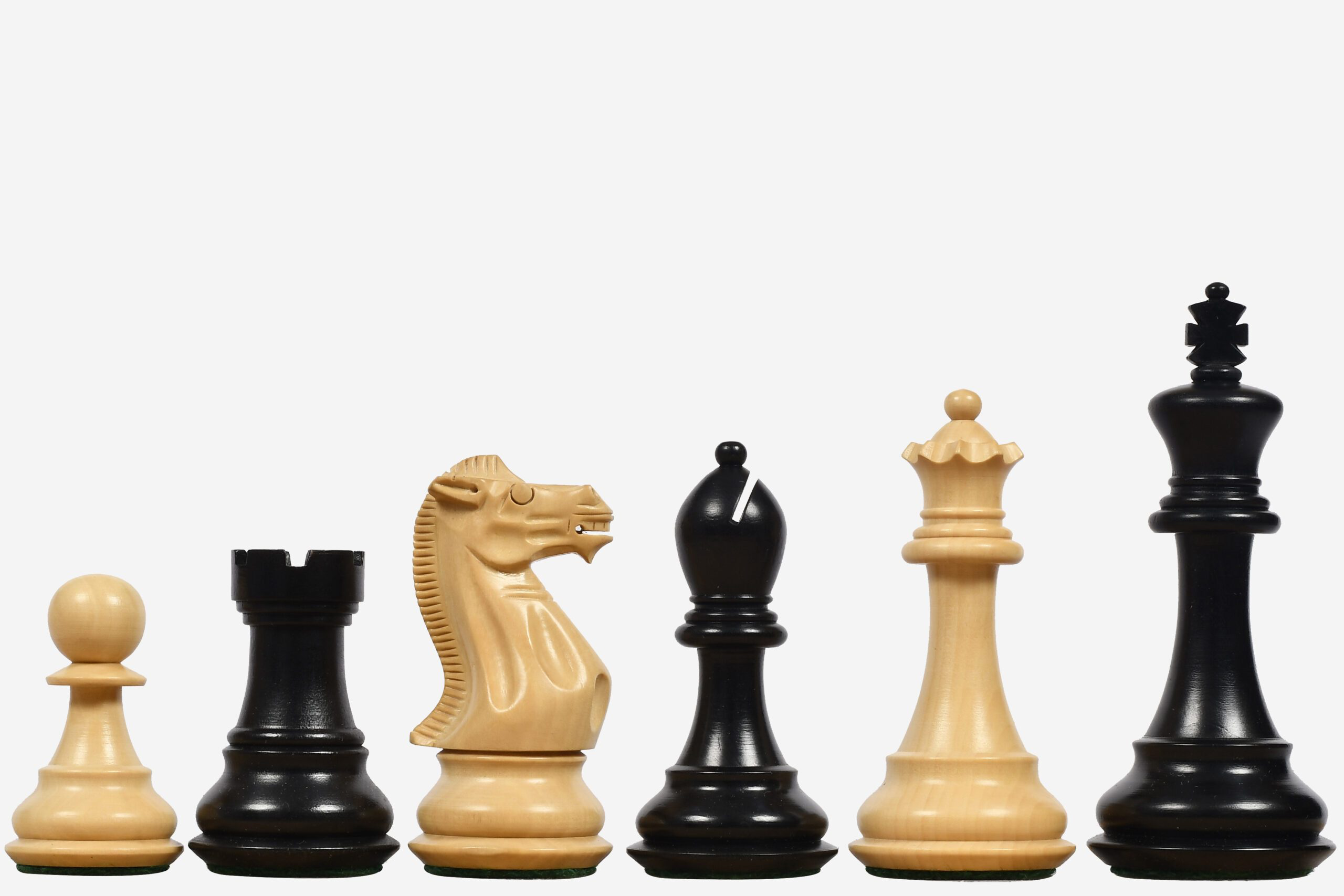
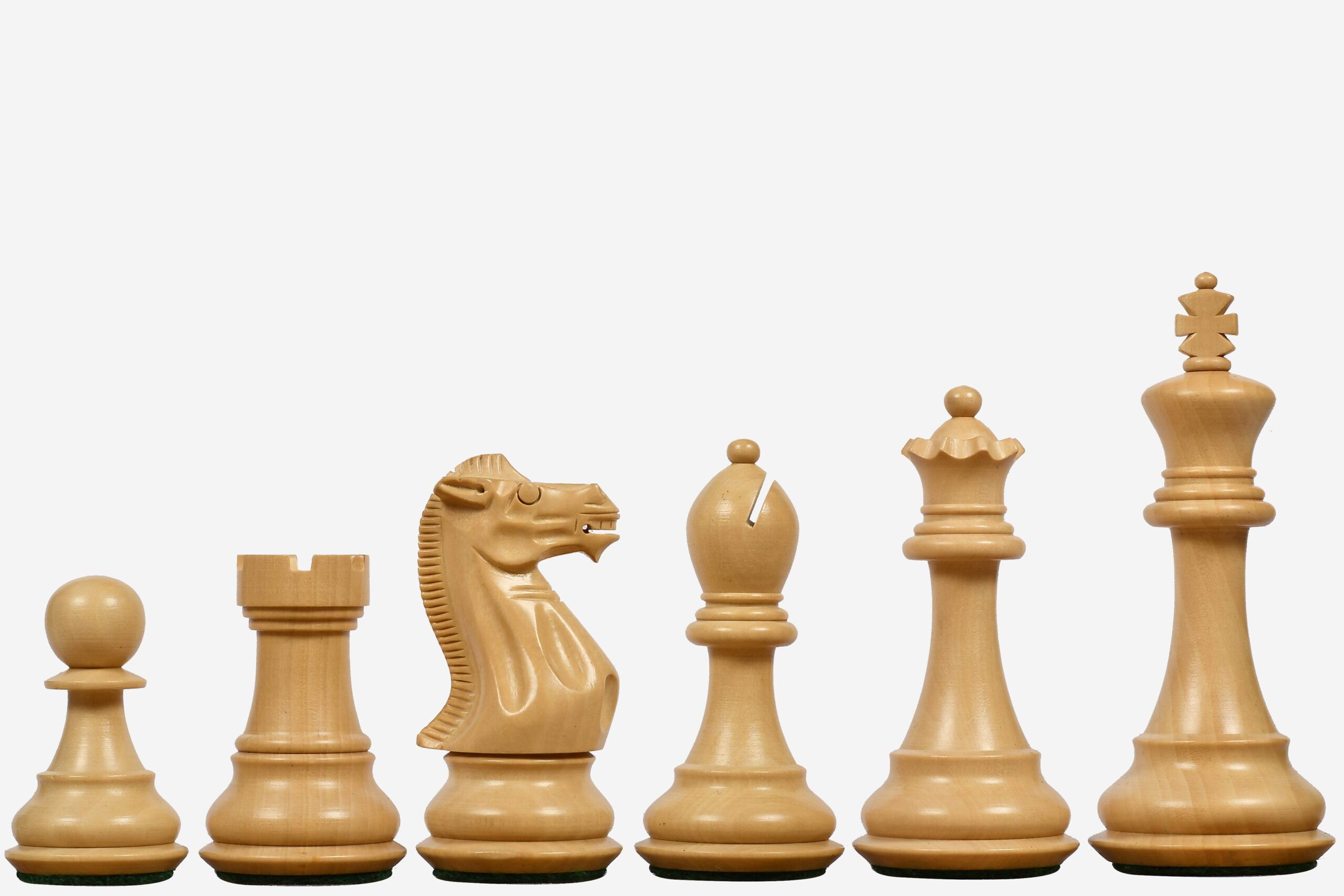
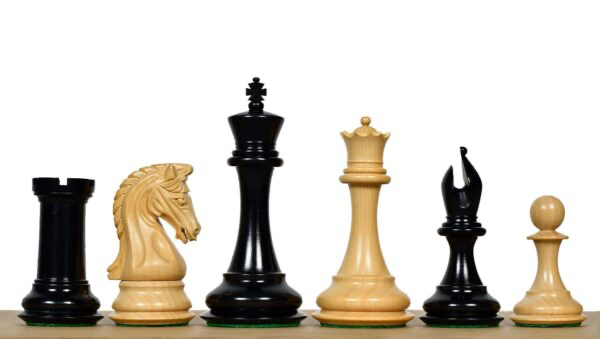
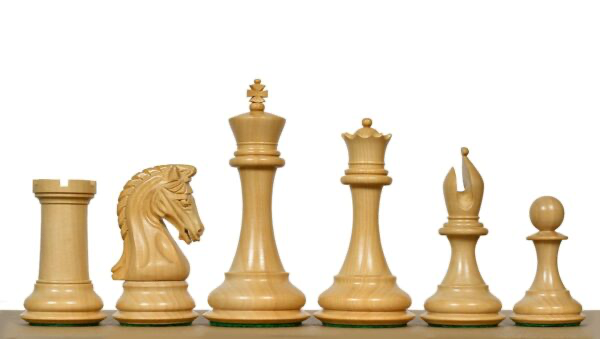
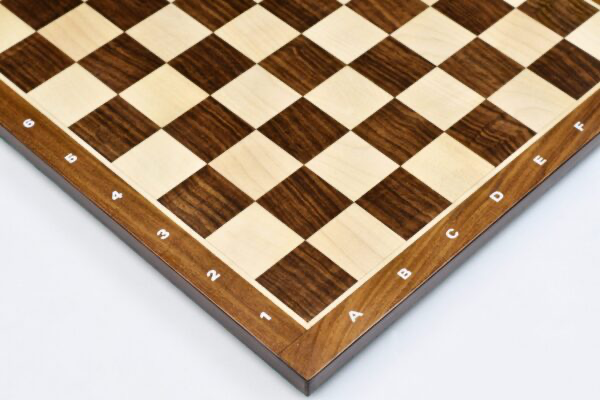
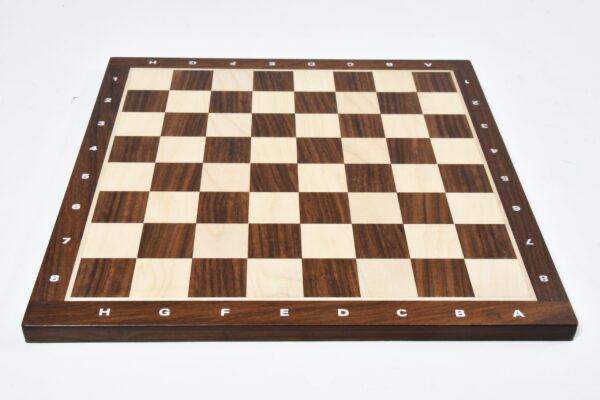
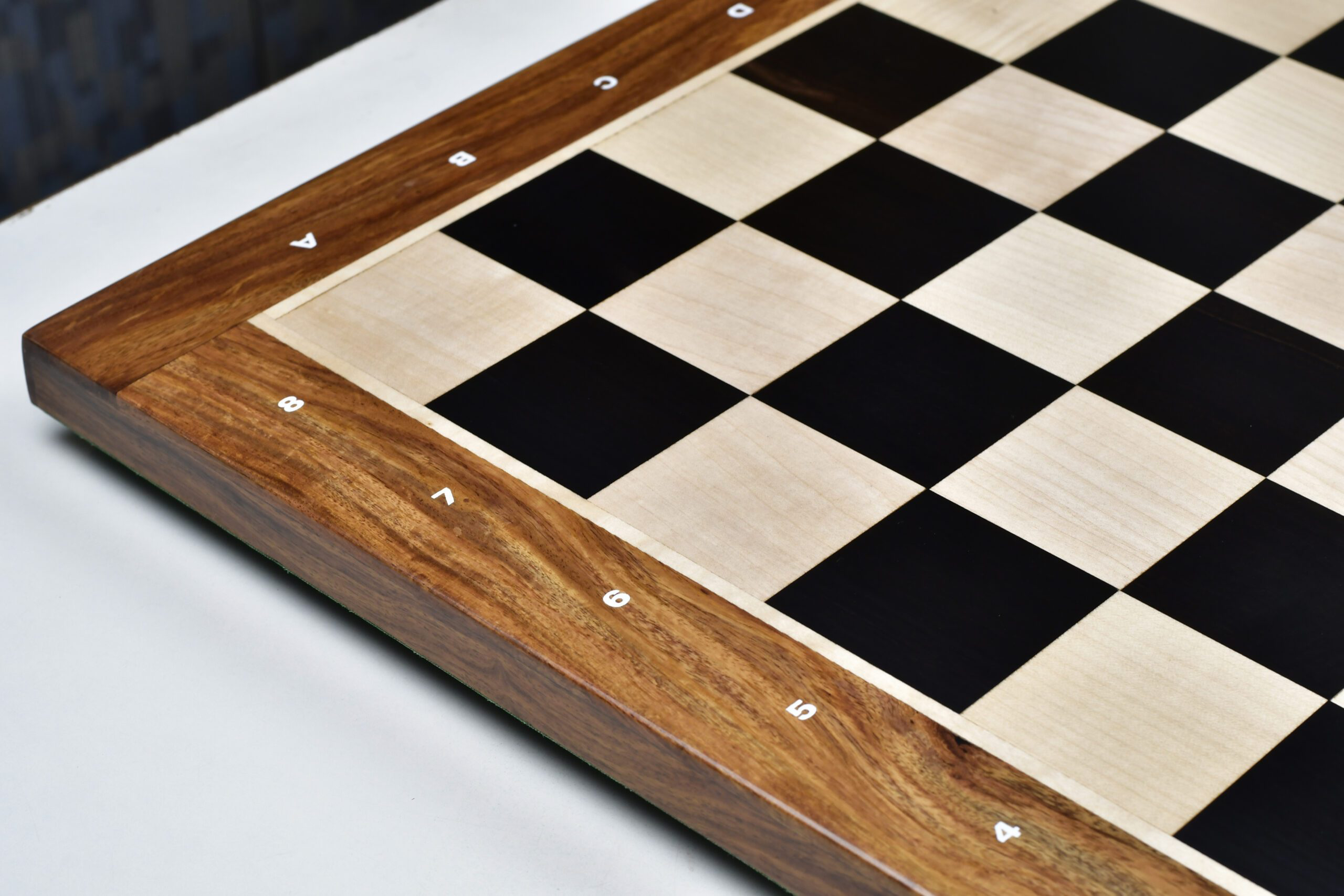
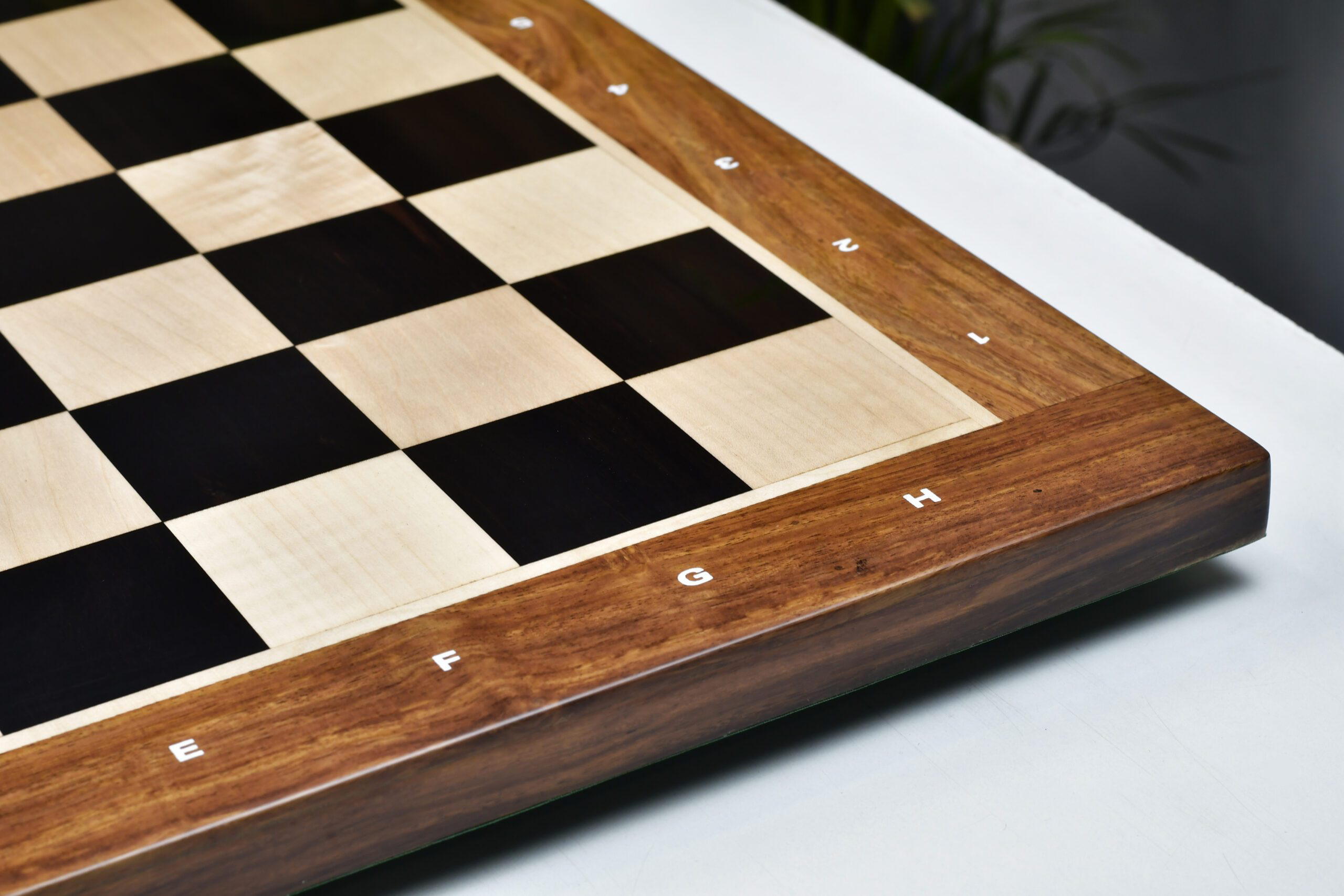


Leave a comment
All comments are moderated before being published.
This site is protected by hCaptcha and the hCaptcha Privacy Policy and Terms of Service apply.